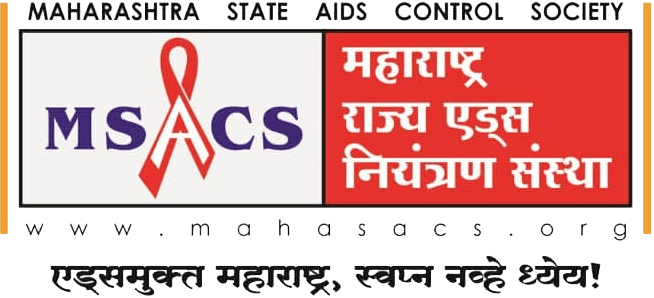Mainstreaming
WHAT IS MAINSTREAMING?
Mainstreaming is recognition of the reality that HIV/AIDS is not just a medical or public health issue, to be left to doctors and scientists. It has both internal and external implications for each and every sector. Mainstreaming is a process that has an impact on and, therefore, necessitates response from all sectors.
Benefits of Mainstreaming
- Reduces large expenditure on health care & social welfare.
- Minimizes negative impact on programmes related to education, livelihood, social welfare, Women and Child Health.
- Saves loss of skilled employees.
Process of Mainstreaming
The process of mainstreaming is divided into two parts – internal and external. The internal mainstreaming is about adapting organizational policies and program in such a way that it reduces organizational susceptibility to HIV. The focus is on staff sensitization and adoption of workplace policies. While external mainstreaming entails using organizational outreach to take the prevention effort to vulnerable groups among the general population. Through Mainstreaming, technical and financial resources of the development partners are leveraged to achieve the desired results.
Widening scope for HIV Mainstreaming
The HIV/AIDS epidemic is emerging as a major challenge to the developing countries as the infection is mainly targeting the productive age group of the population thereby directly affecting the economy & development of the nation. HIV is a manageable chronic disease. Treatment (Anti Retroviral Therapy) to prolong the life of HIV positive persons is available but complete cure is still not available and therefore promoting preventive measures is the only way out to protect ourselves against the virus. To promote the prevention measure there is a need for a multi-sectoral collaboration in order to effectively respond to the epidemic. Mainstreaming and partnerships will be the key approach to facilitate multi-sectoral response engaging a wide range of stakeholders. Private sector, civil society organizations, PLHA networks and government departments are expected to play a crucial role in prevention, care, support, treatment and service delivery. The Various departments covered under Mainstreaming are - Women and Child-addressing specific needs of women and children, adolescents and youth, Panchayat Raj, Rural Development Department, Urban Development Department, Tourism and transport department to spread awareness on different aspects of HIV/AIDS.
However, Stigma & Discrimination in HIV/AID, low levels of literacy, different cultural attitudes and practices regarding sexuality, lack of communication among men and women about their health problems, lack of adequate facilities in health, education etc in rural areas are some of the challenges with regard to HIV/AIDS mainstreaming response.
Benefits of sensitizing women:
- Women will learn to protect themselves more effectively from HIV
- Will help awareness and prevention of HIV
- Will bring about attitudinal change towards the infected /affected
- Will strengthen the bond in the rural community
- Will act as a support for PLHIVs and help reduce Stigma and Discrimination
- Will help eliminate myths and misconceptions about HIV
- Will strengthen the family bond to face HIV crisis in the family
Mainstreaming Trainings:
- Sensitization of SHGs
- Sensitization of Asha workers
- Sensitization of Police personnel
- DIC staff training
- Sensitization of DRDA offs
- Sensitization Students/NSS/RRC members in 3 colleges
- Sensitization of college students
- Sensitization Students/NSS/RRC
- Sensitization of SHGs/AWSs /AWWs/ANMs/ASHAs
- Sensitization of Police personnel


